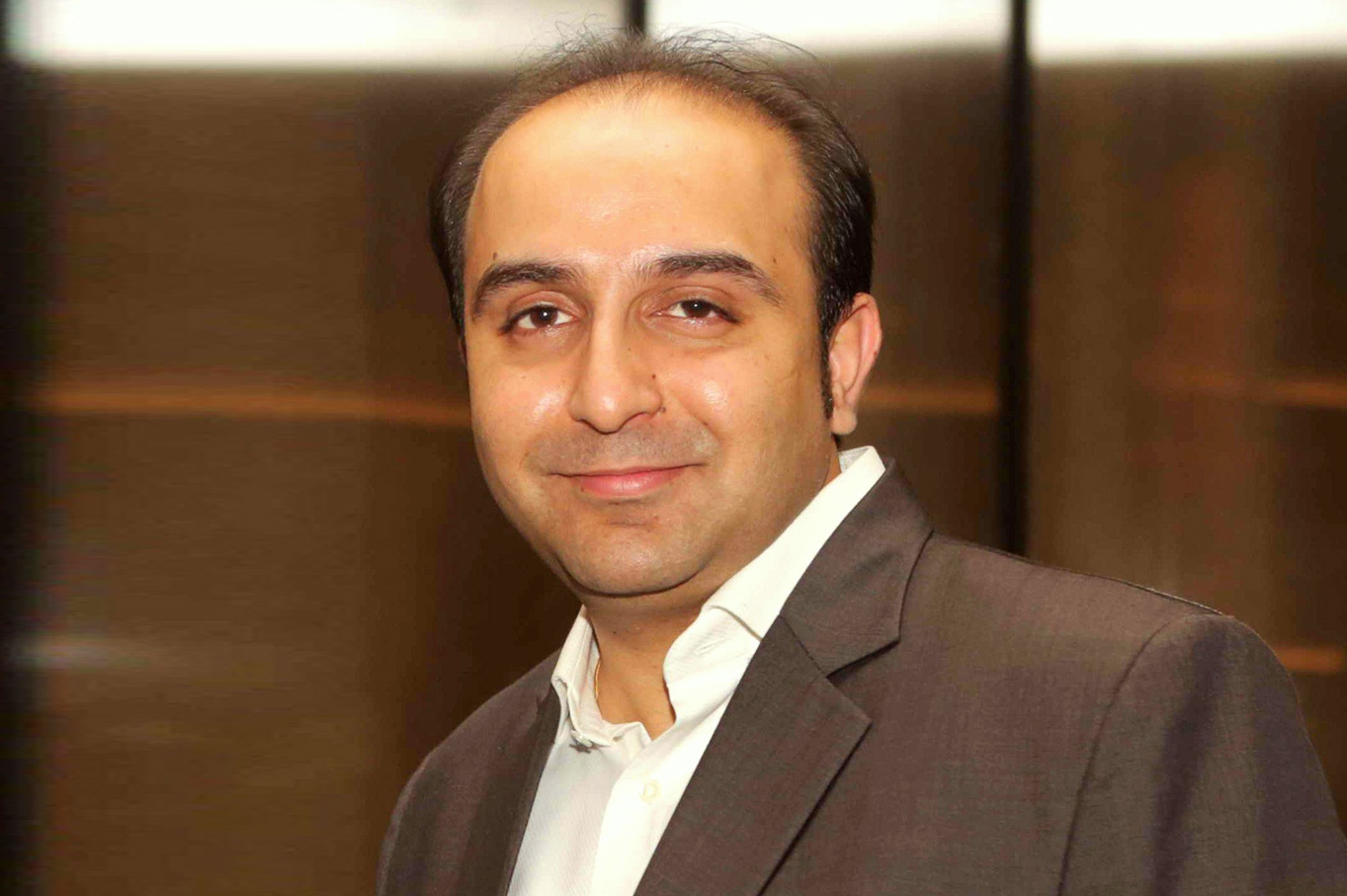With Taittinger, one of the world’s most celebrated champagne brands presiding over his sparkling wine portfolio, and with a supporting cast of a prosecco each from Piccini, which is otherwise famous for its Chianti Classico, and the Australian producer, De Bortoli, Sumit Sehgal, Director, Prestige Wines and Spirits, has his work cut out: “to focus on customers for whom quality is the priority”.
The price points are on the higher side: Taittinger Brut (Rs 6,000-7,000), Taittinger Prestige Rose (Rs 8,000-9,000) and the blanc de blanc Taittinger Comtes (Rs 2,000-2,500); and De Bortoli Prosecco (Rs 2,500). That doesn’t unduly worry Sehgal, for champagne continues to have its social cachet, and the other sparkling wines, especially prosecco, are gaining market share because of their price advantage.
The millennials, Sehgal notes, have also started opening champagnes or other sparkling wines at special occasions. What he would like to see, though, is the time when “sparkling wines will not be associated with celebrations alone”.
“To be honest, we have a long way to go,” says Sehgal, striking a note of caution. “The consumers will start appreciating good wines only when they start consuming them regularly and for that a lot more awareness has to be created. The product, moreover, needs to be made more affordable. I am confident, though, that the gap will be bridged gradually but surely.”
On where champagne brands stand in the market, especially in the light of the challenge of other sparkling wines, Sehgal points out that most of Champagne’s big names “have been India for a long time now and are still competing with each other”. The positive side of it is that “if so many brands remain active in the market, the market for champagne will eventually get bigger”. Unlike in the case of champagne, there’s a lot more variety and styles available in the other sparkling wines, which are getting increasingly more popular in the market. There’s definitely more competition within the category and price plays a very important role.
Weighing the growing challenge to champagne from prosecco and cava, Sehgal makes it clear where his loyalty lies: “Champagne is Champagne. It comes from Champagne, it is superior and will always remain superior. Even though there are alternatives available at lower prices and other sparkling wines may outlast champagne in terms of volumes, it will be very hard to move the crown of the most premium sparkling wine from champagne to a competing product. But of course, there are dif people and they prefer to buy prod different price points.”
On the factors propelling pur decisions, Sehgal again takes a different line. It depends on the occasion
“The consumers will start appreciating g wines only when t start consuming th regularly. For that, lot more awaren has to be created. T product, moreo needs to be m more affordable.”
and the priorities of the consumer, he says. And even though pricing is a salient factor, brand, quality and region of origin also combine to play an important role in influencing a customer’s call. Robust promotions also make a difference, for “the end consumer is still in the learning phase and makes his choices on the basis of what he sees regularly”.
Champagne, in particular, does best in Sunday brunches, says Sehgal, adding: “More the brunches, better is the appreciation.” Mumbai, he says, is a little ahead of other cities in the department of consuming bubbly because of its liberal ethos and late-night party culture.
Crystal gazing about the future of sparkling wines in the country, Sehgal strikes an optimistic note. “A small percentage of the population is exposed to such products, but the potential is huge, considering India’s young population.” he says. “The only way to increase volumes is to educate consumers and make them able to distinguish between different types of wines.”
To make it happen, all those in the wine business must conduct tasting and appreciation workshops for patrons of hotels and restaurants. “It is a slow process because of the size of our population, but producers must not let their faith in the Indian market flag, for there is still a large consumer base waiting to be tapped,” says Sehgal.
On the burden of the taxation system, Sehgal says “stiff government policies” are hampering the growth of imported brands. Imported brands, thanks to such policies, are accessible to a very limited population because of high prices and complicated procurement procedures that discourage B2B customers.
“The way out is to educate the end consumer and increase the width of distribution as there is still a large population unexposed to these quality products,” says Sehgal. He admits it is “an expensive and time-consuming process” that would “require patience” , but he is confident that “the investment would pay off in the future”.


